GORDON BENNETT
 AND THE
AND THE 
FIRST YACHT RACE
ACROSS THE
ATLANTIC
Its hard not to love a seas story that seems too outrageous to be true and such is the case with Gordon Bennett and the First Yacht Race Across the Atlantic
Soundings
A breathtaking survey of the 1866 transatlantic yacht race, which saw six men lose their lives in an aim to cross the storied sea and win a prize of $90,000. Homing in on the victorious sailor James Gordon Bennett and his prized yacht Henrietta , this is a tale of hard work, heartbreak and a great deal of luck
Vanity Fair
The story is engagingly told by distinguished journalist and maritime historian, Sam Jefferson
Gentlemans Journal
Sam Jeffersons story is written with style, colour and wit. A cracking yarn
Boat International
Entertaining
Daily Mail
Sailors in particular will enjoy this harrowing story
Sailing
Biographer Sam Jefferson paints a colourful picture of James Gordon Bennett, as playboy, bon viveur and ardent yachtsman whose drinking gets him into a host of scrapes
Yachting Monthly
Entertaining tale of yachting history and sybaritic excess
Guardian
A jaunty and surprise-packed retelling of a wonderful story, which leaves readers with an abundance of good yarns to recount on their next night watch
The Times Literary Supplement
GORDON BENNETT
 AND THE
AND THE 
FIRST YACHT RACE
ACROSS THE
ATLANTIC
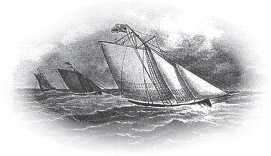
SAM JEFFERSON

CONTENTS


It is a time when ones spirit is subdued and sad, one knows not why; when the past seems a storm-swept desolation, life a vanity and a burden, and the future but a way to death. It is a time when one is filled with vague longings; when one dreams of flight to peaceful islands in the remote solitudes of the sea, or folds his hands and says, What is the use of struggling, and toiling and worrying anymore? Let us give it all up.
MARK TWAIN, THE GILDED AGE
The sleek black hull and white sails of the schooner Henrietta looked like the ghost of summer gone as she foamed across the start line that cold December afternoon in 1866. She and the two elegant yachts that sliced through the water alongside her had no right to be racing out of New York Harbor on such a day as this. That flat, hard sheet of water with the Atlantic beyond was no place to play in winter. Out past Sandy Hook lay a serious, uncompromising ocean, which these three yachts, playthings of their wealthy owners, were going to cross. They were bound for England on the whim of gentlemens honour. Death or glory.
The three crossed the invisible start line to a puff of smoke, the crack of the starter gun and a cheer from the thousands of spectators who had gathered to see them off. Sails were hardened up to the keen breeze and all three vessels leaned purposefully toward the horizon. It was 1pm and the westering sun, pale and watery, shone low, glinting off the mighty icy rollers in pea green and snow white that were visible beyond the shelter of New York Harbor. The seas were running at 8 or 9 feet that day. The open sea offered little but desolation what a contrast to the comforting band of well-wishers, betting, drinking, squabbling and screaming aboard the pleasure steamers that accompanied them.
The three beautiful schooners leant their sails to the icy breeze and headed away into the emptiness. Six men would be dead before the race was out; the final price of a careless roll of the dice.
To understand why these three yachts were out there dicing with death, we have to head back to a late October evening of the same year, 1866. New York was already commencing its long descent into winter and the last glow of an autumn that had suffused the city with a golden light was almost gone. High up in the trees that lined Fifth Avenue a handful of gilded foliage clung to the trees like tattered bunting from a long-forgotten party. They rattled uneasily to that first breath of winter, while down below great mounds of brittle, fallen leaves scuttled and swirled, scratching the ground, hurled around as the wind howled down the avenues wide walkway. As the evening gave way to darkness and chill, a passer-by would have seen three figures dashing across the street and plunging into the Union Club, one of the oldest and most opulent gentlemens clubs in America. These three young men, James Gordon Bennett, Pierre Lorillard and George Osgood, were on the verge of making yachting history.
The trio shook off the cool night air and made themselves at home within the dark panelled walls, glittering chandeliers and banked fires of New Yorks most exclusive gentlemens club. The newcomers felt fully at ease here among the cream of New York society; this was a place where rich gentlemen could go and be rich together. Everywhere you turned there were people of consequence. There in the corner would be General Ulysses Grant hero of the Civil War and soon to be President brooding as he puffed on a cigar and tried to forget the stench of death from the battlefields of Shiloh, Vicksburg and the Appomattox campaign. The big hitters, however, were the financiers and industrial magnates emerging from the conflict, men like JP Morgan and Cornelius Vanderbilt who were grasping America by the scruff of its neck and hurling it into the industrial age with a ruthlessness that took the breath away. These were the kind of men to be found at the Union Club: they had turned the place into one of the great engine rooms of New York. Fortunes and even reputations were made and lost within these walls. In those days after the Civil War, the place was alive with possibility. Its parlours, thick with cigar smoke, reeked of wealth.
Our three young gentlemen were little more than wallflowers in a place where the fates of many were decided by the few. Yet yachting history was there to be made and who better to do it than three of the brightest young lads who ever sipped a cognac or popped the cork from a bottle of champagne: Pierre Lorillard, a tobacco merchant, George Osgood, a successful financier, and James Gordon Bennett Junior, whose father owned the New York Herald , the most successful newspaper in America at that time. All were regulars at the Union, and they immediately spotted a pair of old friends, Franklin Osgood, brother of George, and Leonard Jerome, who sat, brandy in hand, luxuriating in front of a roaring fire at the heart of the club. They made a beeline for the pair.
Seating themselves comfortably in the wing-backed leather chairs, they took to drinking, smoking cigars and bragging. As the party warmed to their task there is no doubt they earned their share of censorious glances. The Union Club was a deeply conservative place. Women were only allowed inside in 1914, and then only to serve as waitresses. Yet, despite the hidebound atmosphere, there was still room for merry-making, and the group pickling themselves by the fire were probably the merriest of all. Their ringleader was unquestionably Gordon Bennett Jr.

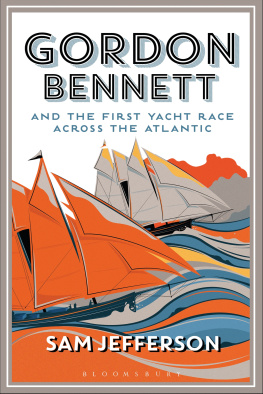
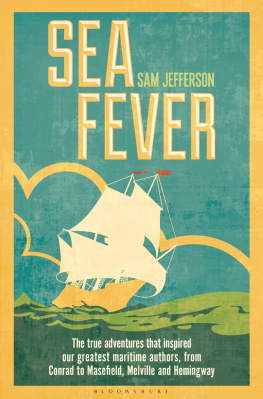
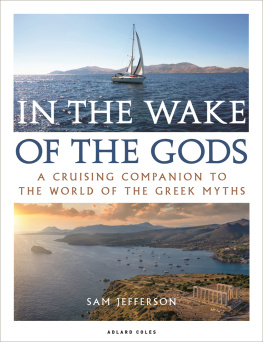
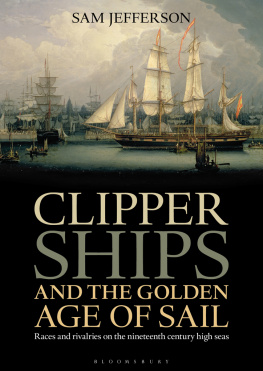
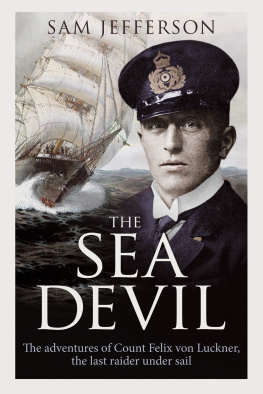


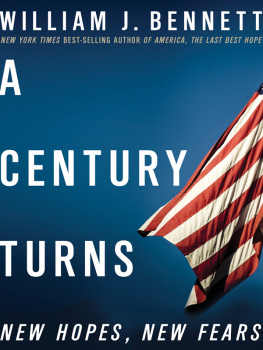


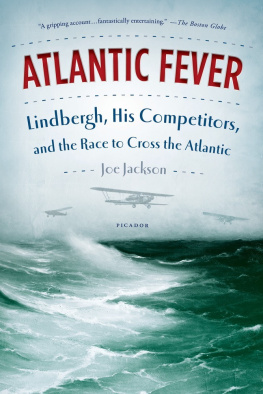
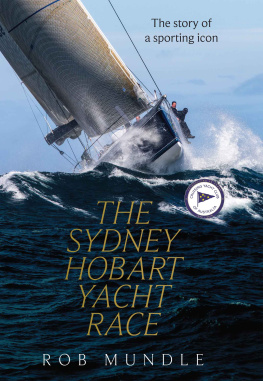

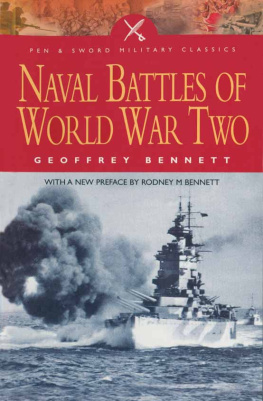
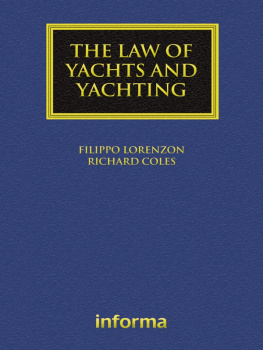

 AND THE
AND THE 

